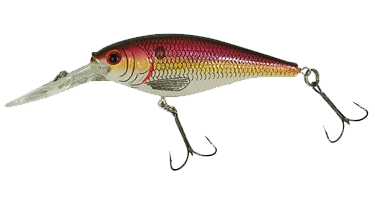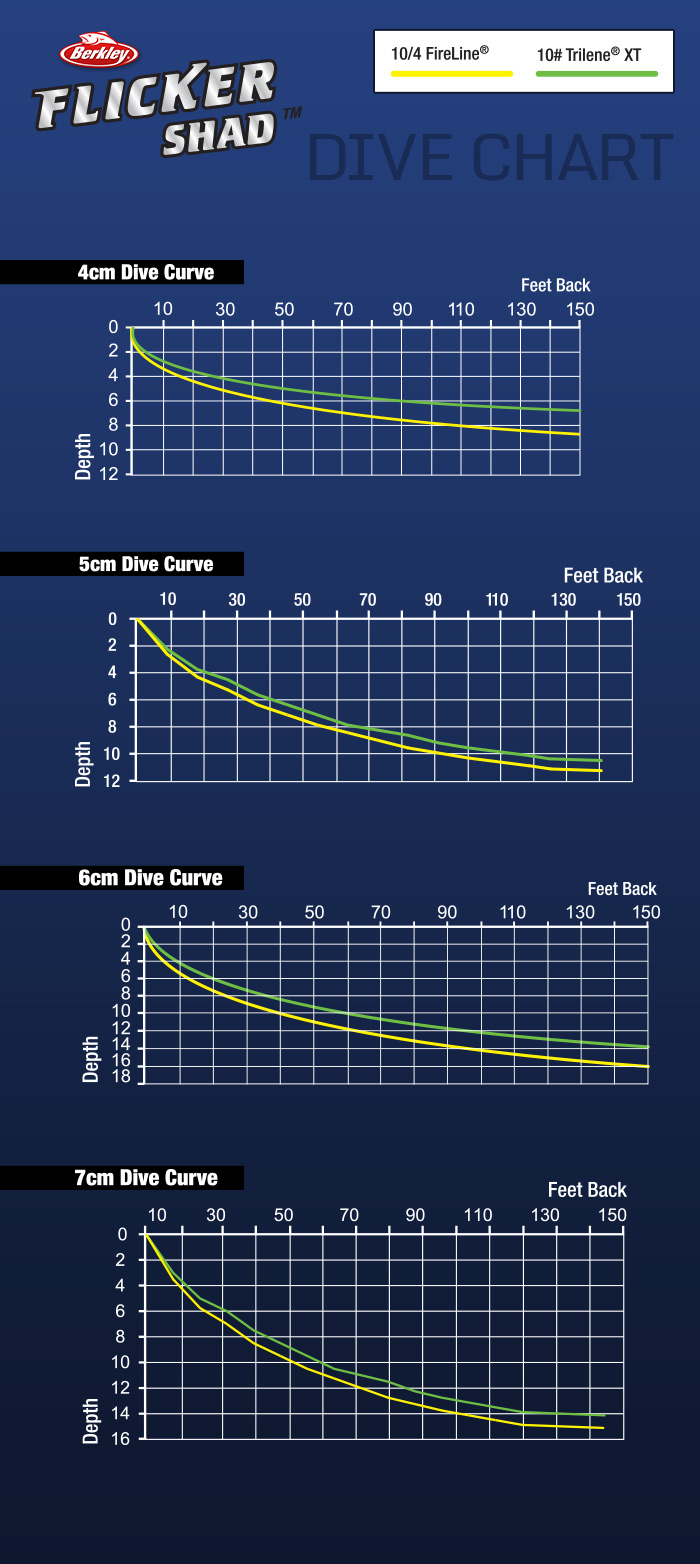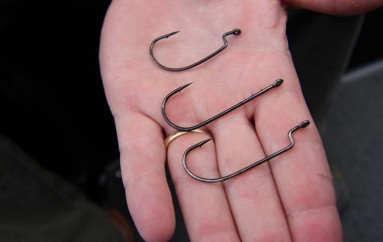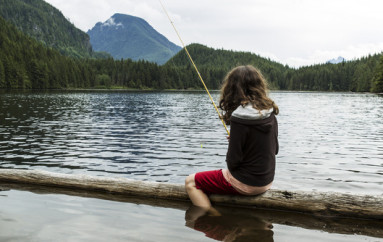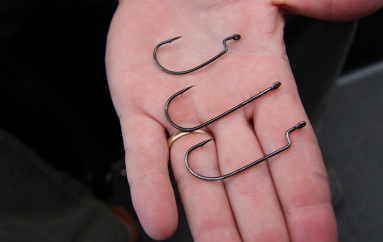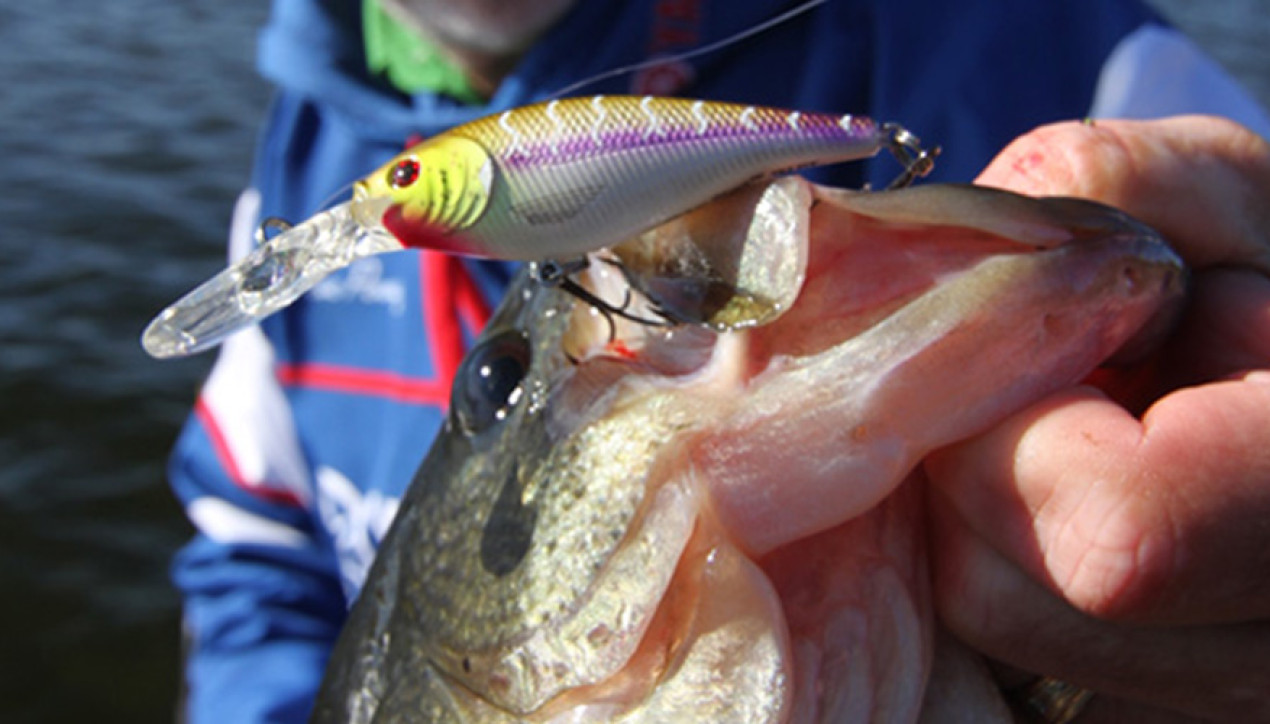
An Over-Looked Crank For Cold-Weather Bass
When you fish against a guy like Tony Owens, biologist with the Texas Freshwater Fishery Center in Athens, Texas, you pay attention to the little things or you get left in the dust. Tony not only lives bass every day at his job, he regularly fishes tournaments in East Texas and knows how to catch fish.
But on this trip, he was struggling almost as badly as me. His spinnerbait pattern produced a couple good fish, as did mine (flippin’ PowerBait Chigger Craws), but the cold front that blew through the day before had shut the cold-weather bass down. Texas’ world-class bass fisheries were built by stocking Florida-strain largemouths, a fish that doesn’t like it much when water temps plummet quickly.
When I tape an episode of “Lake Commandos” television show, I compete with my guest to see who can catch the most fish. While it’s always my goal to catch the most fish, really what I like about the show’s format is seeing how my guests react to not only what the fish are doing, but to what I am doing. And today, Tony reacted to the slow bite by fishing faster. Traditional wisdom calls for slowing down when dealing with cold-front fish, but I have found that it’s often better to actually speed up to see if I can trigger reaction strikes.
And one of the best baits for doing that is a crankbait.
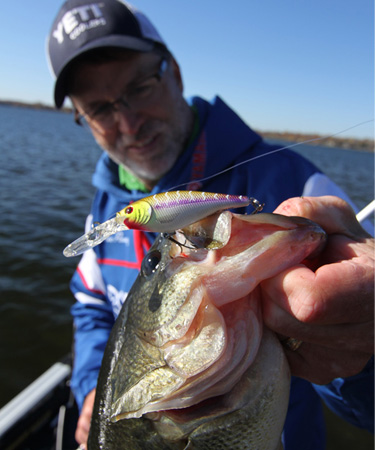
The lake we were fishing was loaded with shad, which serve as the primary forage for the bass and other gamefish. So I switched over to a Berkley Flicker Shad, casting it on a medium heavy spinning rod loaded with 10-pound NanoFil to make it easy to cast long distances.
Most bass anglers seem to overlook cranks with subtle side-to-side rolls like the Flicker Shad, opting more often for baits that have a more aggressive action. But the shad imitators can be dynamite under certain conditions and I like to toss them after a cold front.
The fact is, I should have started the day with the Flicker Shad as the day before I had been targeting crappies on another east Texas lake, casting small #4 and #5 Flicker Shads, and while we caught a ton of slabs (one pushing 3 pounds!), we also caught a lot of big bass. In fact, we caught so many bass they interfered with our planned fish fry for that evening!
I was guilty of fishing inside the box of what’s comfortable. Like a lot of anglers, I had forgotten just how effective small, tight-wobbling crankbaits can be for early-season or cold-water bass.
Fact is, small, tight-wobbling cranks like the Berkley Flicker Shad can trigger bites when nothing else does.
A thin bait by design, the Flicker Shad has a tight wobble – actually, more of a roll – than a square bill. As such, it sends out an entirely different underwater sound, which is picked up bass both in the auditory sense and via the fish’s lateral line. Could be that thin, narrow baits with roll produce an acoustical signature more akin to the sounds and vibrations that shad emit as they travel through the water.
Another thing that’s great about the Flicker Shad is it’s a great casting bait, which means you can cover great distances without spooking fish in clear or pressured waters. It also makes it a great option when you visually locate schooling bass busting bait on the surface.
When I locate schooling bass in open water I like to cast past the school, working the bait quickly to get to the larger fish in the school, which are typically deeper than the smaller bucks. These larger fish have learned that the lunch falls right on their plate as smaller fish shred and slash shad high in the water column.
On rivers and reservoirs, I’ve found casting Flicker Shads along rip rap or timber and brush a great way to locate active fish. On natural lakes, I’ve gotten past my fear of fishing crankbaits around emergent weeds using smaller, shallower-running baits for ripping bait through small gaps or lanes in the weeds.
I typically choose Flicker Shads according to the depth I’m fishing – a #4, #5, or #6 for waters up to 7 feet — and a #7 or #9 for depths over 8 feet. Consult the following dive curves to pick the best sizes for where you fish.
Four Go-To Colors
For cold, clear early-season waters, I rely on four color patterns that allow me flexibility on different waters. The first is Natural Shad, the match-the-hatch choice for lakes, rivers and reservoirs with threadfin and gizzard shad. Second is Red Tiger, which mimics both crawfish and bluegills – definitely a solid early-season pick. Third, I like Racy Shad, which has hues of green and orange in it, as well as a chartreuse lateral line for dirtier, stained waters. And lastly, sometimes plain Pearl White can be a great performer, which mimics young white bass or shad that have been regurgitated by other fish – the same reason plain white Flukes are so effective.
How to Work ‘Em
I rarely fish Flicker Shads on a steady retrieve for bass. Instead, I use a fast twitch-twitch, twitch-twitch, which mimics shad movement. And the key to this retrieve is using spinning gear.
For me, I prefer a 7’ Abu Garcia Veritas with a little softer tip, like a medium power, fast action model. I like Abu Garcia Revo Sx20 or Sx30 spinning reels for their smooth gearing, powerful drag and how easily line falls off the spool for long, accurate casts.
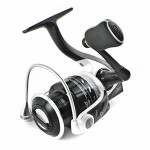
In terms of line choice, NanoFil Dyneema-based superline casts farther than anything on the market. Ten-pound Nano has the diameter of 2- to 4-pound mono and gives me the sensitivity I need ensure the bait is working as it should. It’s amazingly telegraphic. I can tell if one treble has a piece of leaf on it, even with 16 inches of 8- or 10-pound Trilene 100% Fluorocarbon leader. Speaking to the leader, I like it for making bait changes easier and it virtually eliminates the tendency of the line tangling in the trebles during the cast.
Consider adding an additional spinning stick and a subtle action crank like the Flicker Shad to your boat deck this season. Not only is this system effective for early-season and open-water bass – especially on shad-filled waters – it’s a solid MVP for anything that swims.
And if you ask me, that’s pretty cool. In my world more bites equals more fun!

